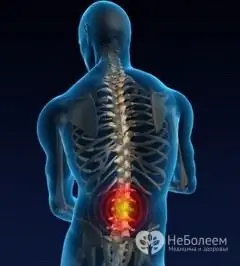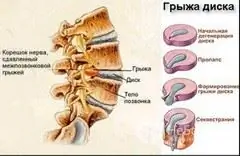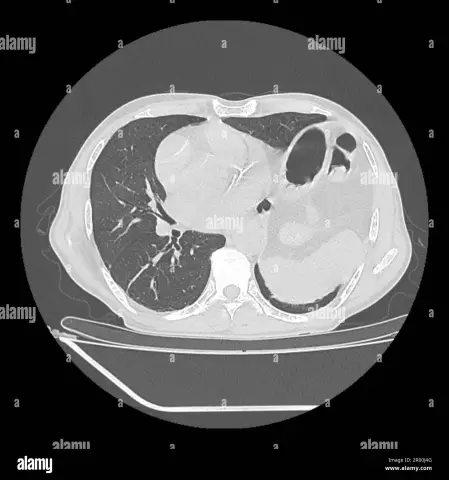- Author Rachel Wainwright [email protected].
- Public 2023-12-15 07:39.
- Last modified 2025-11-02 20:14.
Spinal hernia treatment methods

A herniated disc is one of the most frequent complications of osteochondrosis, an extremely common disease among modern urban residents. So much so that osteochondrosis is classified as a disease of civilization, since it leads to a sedentary lifestyle, which is so characteristic of the modern lifestyle. A hernia of the spine is an extremely unpleasant disease, as it is characterized by intense pain, and sometimes impaired motor function of the limbs and severe disorders of internal organs.
Methods for treating spinal hernia are conservative and surgical. Each of them has pros and cons, moreover, disputes about indications and contraindications to each of the methods are still ongoing in the medical community. However, the latest advances in scientific and technological progress, which ensured relative safety and at the same time high efficiency of treatment, seem to have reconciled the supporters and opponents of therapy and surgery.
The crux of the problem is that conservative methods of treating herniated intervertebral discs are ineffective, and surgical methods are dangerous, since the risk of damage to the spinal structures is very high. Therefore, it was previously believed that the patient should still be treated therapeutically, relieving pain, inflammation and ensuring peace, and resorting to surgery only when there is no other way out and the symptoms increase, despite the treatment. At the same time, even supporters of the conservative method of treating hernia admitted that such measures do not lead to recovery, but only reduce the severity of the problem, translating the disease into a chronic form.
Modern treatments for hernia of the spine have changed everything. Surgical intervention with the use of sparing endoscopic practices or microsurgery has become possible, significantly reducing the risk of damage to the spinal cord tissue. Currently, the following surgical methods for treating spinal hernia are accepted: discectomy, microdiscectomy, B-Twin technique. The first two methods are the removal of the disc together with the hernia, with the creation of a fixed connection of the two vertebrae in place of the former disc. The B-Twin operation is a technique in which a damaged disc is removed and an artificial intervertebral disc made of two titanium plates is implanted in its place.

Also, in Western clinics, the techniques of laser vaporization of intervertebral hernia and extracorporeal focused shock wave therapy are widely used. The first method is closer to surgical, the second is conservative. Both provide excellent results with minimal risk.
The listed methods of treating a hernia of the spine are the main ones at the present time, they allow to cure this disease with a high degree of efficiency.
Found a mistake in the text? Select it and press Ctrl + Enter.






